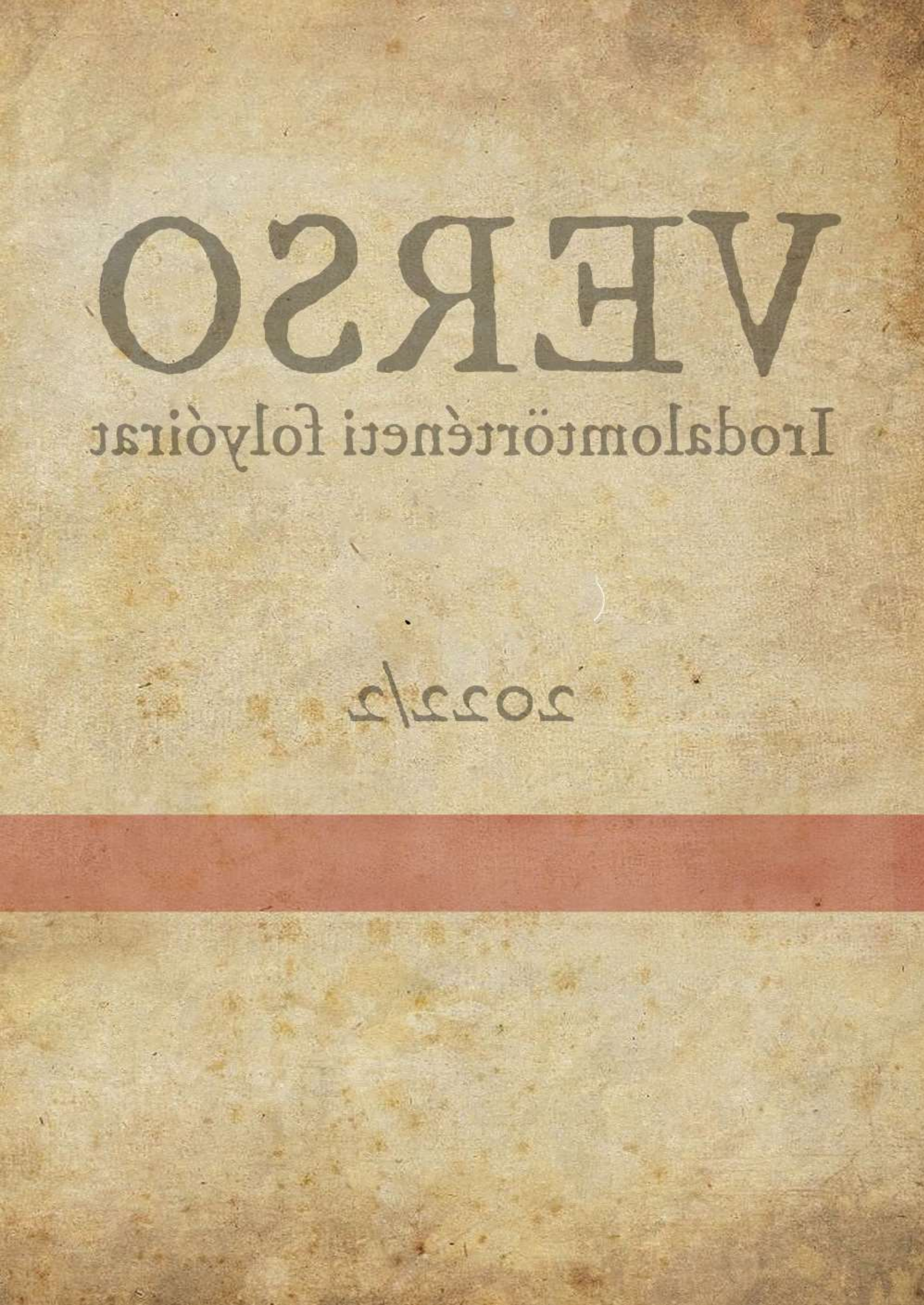Can Women Be Witty?
Humour Theories and the Perception of the Female Body in Nineteenth-century Hungarian Literature
DOI:
https://doi.org/10.15170/VERSO.5.2022.2.9-24Abstract
The female author as a cultural and social phenomenon is predominantly conceived as an emotional and sentimental person rather than a humourous, amusing, or witty figure. The present paper investigates Hungarian humour theories written in the mid-nineteenth century and the concept of the female body in the same period. Nineteenth-century theories of literary humour still preserved the original corporal sense of the concept. At the same time, the contemporary understanding of the essence of the female gender in the two-gender model also gained a physical basis, and consequently, the existence of humorous female authors became theoretically controversial. The contextual juxtaposition and interpretation of these two areas of intellectual history (literary humour theories and the perception of the female body) offers an answer to the question why a humorous female author remained a scarcely conceivable phenomenon in the perspective of the nineteenth century.

